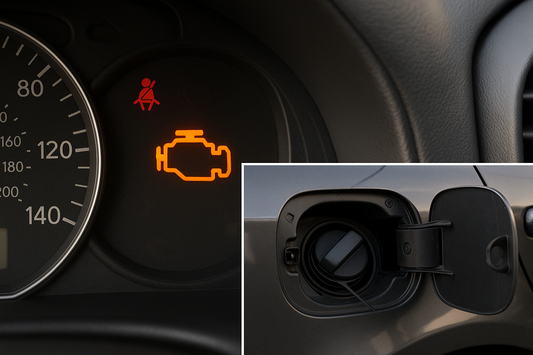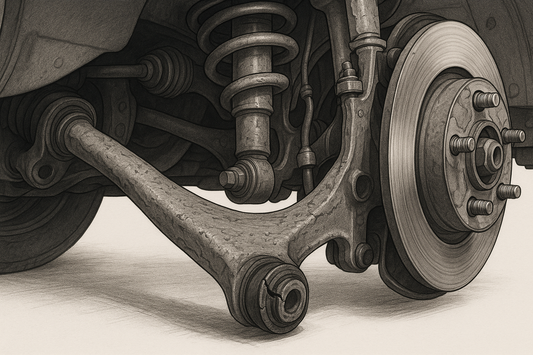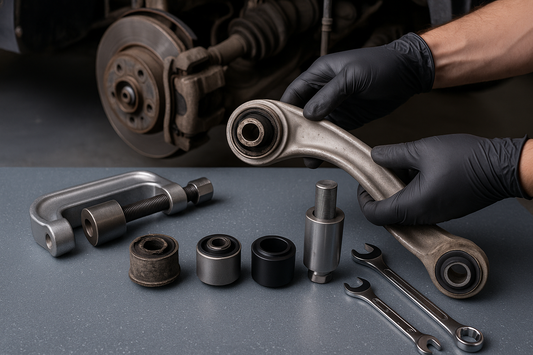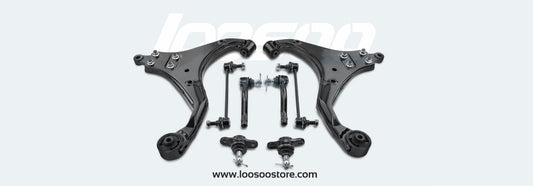Regular maintenance of your vehicle's brake system, including timely replacement of brake pads, is crucial for ensuring optimal safety and performance on the road. In this comprehensive guide, we will explore the signs and symptoms that indicate the need for brake pad replacement, along with essential maintenance tips to help you determine when it's time to change your brake pads.
Recognizing Signs of Brake Pad Wear
Squealing or Squeaking Noise
One of the most common indicators of worn brake pads is a high-pitched squealing or squeaking noise when applying the brakes. This noise is often caused by wear indicators, small metal tabs built into the brake pads that produce an audible alert when the pads have reached a minimal thickness.
Reduced Braking Performance
If you notice a decrease in braking responsiveness or increased stopping distances, it may be a sign that your brake pads are worn and due for replacement. This can manifest as a spongy brake pedal feel or a need to apply more pressure to achieve the same level of braking force.
Visual Inspection
Inspecting the thickness of the brake pad material through the spokes of the wheel or by removing the wheel for a closer look can provide a direct assessment of the remaining pad thickness. Thinning brake pads or visible metal may indicate the need for replacement.

Understanding Maintenance Intervals
Manufacturer Recommendations
Consult your vehicle's owner's manual or manufacturer guidelines for recommended brake pad replacement intervals. While general guidelines suggest replacing brake pads every 50,000 miles, individual driving habits and conditions may warrant earlier replacement.
Driving Conditions
Frequent stop-and-go driving, towing heavy loads, or driving in mountainous terrain can accelerate brake pad wear. Adjusting your maintenance schedule based on these driving conditions can help prevent premature brake pad deterioration.
Professional Inspection and Service
Routine Maintenance
Incorporating brake pad inspections into your vehicle's routine maintenance schedule can help identify wear and address potential issues before they compromise braking performance.
Certified Technician Consultation
Seeking the expertise of a certified technician for brake pad inspections and replacements ensures thorough assessment, proper installation, and adherence to manufacturer specifications.
Recognizing the signs of brake pad wear, understanding maintenance intervals, and prioritizing professional inspections are essential for determining when to change your brake pads. By staying attentive to symptoms, adhering to maintenance schedules, and seeking professional guidance when needed, you can maintain the safety and performance of your vehicle's braking system. For personalized maintenance advice and expert brake pad replacement services, consulting with certified automotive technicians and reputable service providers can ensure the reliable and efficient upkeep of your vehicle's brake pads.










